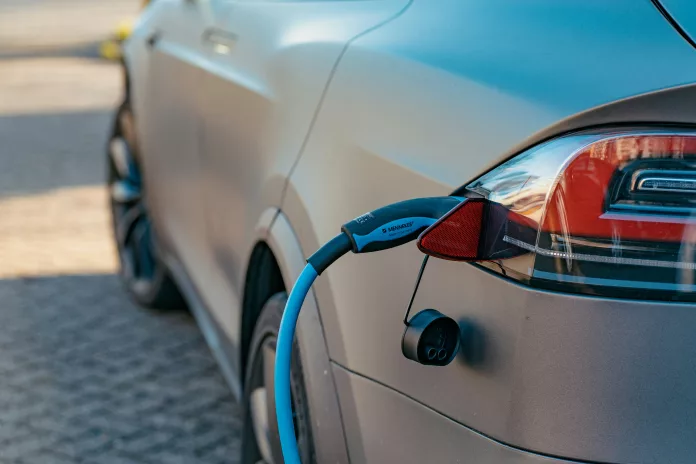Imagine a certified electrician, tasked with setting up a new Tesla charger, unknowingly standing next to the very electric vehicle (EV) he’s there to service—a telling sign of the times. This interaction highlights a crucial question: How do we foster widespread EV adoption, especially among those devoted to internal combustion engines (ICEs)? Moreover, Tesla’s lower-than-expected Q1 2024 sales pose a pressing concern: is this indicative of broader challenges in the EV landscape?
The Road to Electrification: Facts and Figures
The transition to electric transportation is not just a whim, it’s driven by pressing environmental concerns. Fossil fuels are pushing ecological boundaries, and with transportation emissions accounting for nearly a third of US greenhouse gases, EVs emerge as a pivotal solution. At the close of the previous year, a noteworthy milestone was reached globally, where 31 nations saw EVs make up 5% of new car sales—a tipping point for the industry. In fact, EVs are championed in the latest AAA car guide, underscoring their ascendency. This shift is evidenced by the steady decline of global ICE vehicle sales since 2017, suggesting that the peak of ICE sales lies behind us.
While the automotive industry’s transformation towards electric powertrains is clear-cut within industry circles, the general public remains skeptical. The question is, why?
The Waning Influence of Tesla
The Tesla narrative of late paints a grim picture—its stocks plummeting post an uninspiring delivery report. Media outlets question Elon Musk’s leadership amidst this downturn. Commentary suggests that the EV transition could be waning, despite ongoing investments and government incentives. Yet, despite these challenges, Tesla bounced back as the world leader in electric vehicle sales, a testament to the brand’s resilience.
There are multiple factors contributing to Tesla’s rocky journey—ranging from interest rate influences on car loans, alleged incidents at their Berlin plant, to shipping delays and Musk’s controversial public persona. Critics argue that with increased options, Tesla’s dip was inevitable. But is this truly reflective of EV adoption as a whole?
Understanding the EV Momentum
The adoption of electric vehicles is characterized by ebbs and flows, as is typical with any substantial change in societal habits. To declare the EV revolution dead would be both premature and incorrect. Historical reluctance to new technology, be it color TVs or smartphones, eventually gave way to widespread acceptance. EVs are poised to follow a similar path.
Digging into the Diffusion of Innovation Theory provides insight into technology adoption, including electric vehicles. Here, we encounter different societal segments from Innovators to Laggards, with varying openness to change and influence.
The disconnect between EV adoption and consumer choices was highlighted by the discontinuation of the Chevy Bolt. Despite being GM‘s best-selling EV, it didn’t fit the company’s strategic vision. This conundrum reflects a broader industry challenge—balancing shareholder expectations while transitioning to new EV platforms and infrastructures.
As the industry presses on, scaling up production and expanding public charging networks, EVs will increasingly transition from a niche market to mainstream acceptance. BloombergNEF analyst Corey Cantor illustrates this with the idea of a “virtuous cycle,” where more EV visibility encourages industry investment and infrastructure development.
Patience is key as we collectively navigate towards a zero-emission future—a wait that promises substantial environmental returns.


























